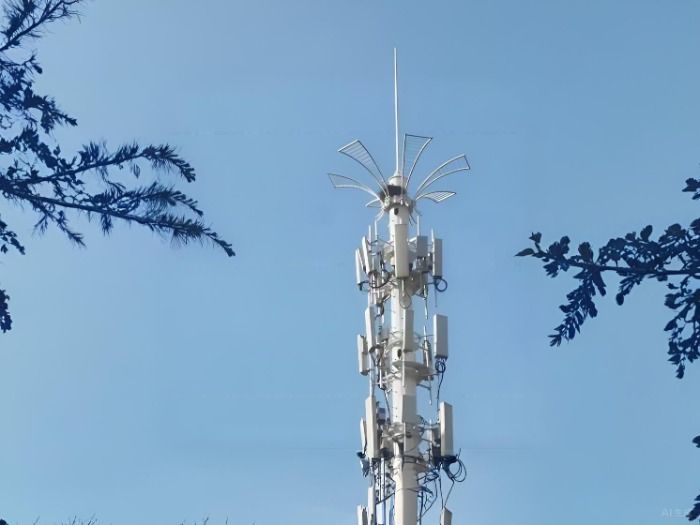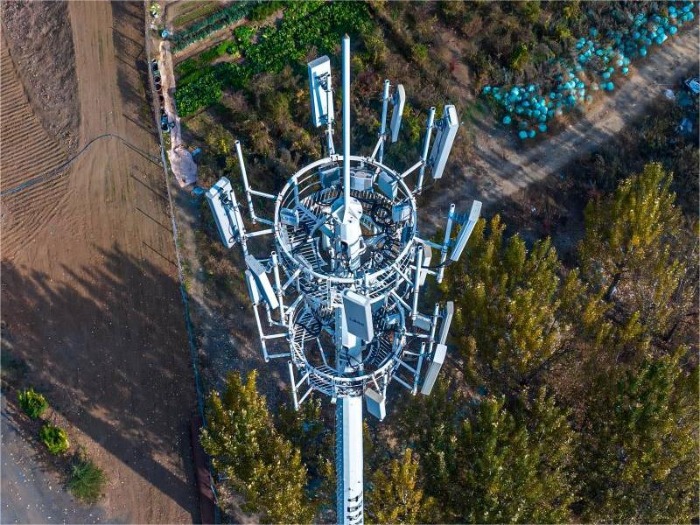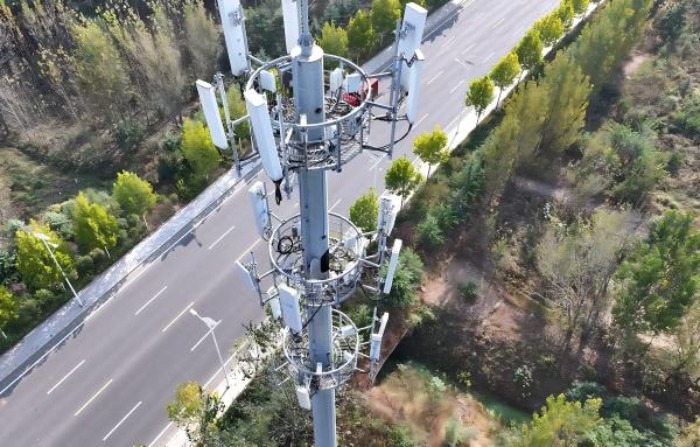Введение
Расширение сетей 4G/5G на пригородные и сельские районы — важнейший шаг к преодолению цифрового неравенства. Однако операторы сетей сталкиваются со значительными экономическими трудностями, включая высокие затраты на инфраструктуру, низкую плотность населения и неопределенность окупаемости инвестиций. Среди различных вариантов инфраструктуры:
монопольные башни
стали предпочтительным решением для
баланс между охватом, стоимостью и масштабируемостью.
В этой статье рассматриваются экономические причины такого выбора и то, почему монополии идеально подходят для внедрения в сельской местности и пригородах.

Развертывание сетей в сельской местности изначально является дорогостоящим ввиду:
Низкая плотность населения: Меньшее количество пользователей на квадратный километр означает меньший потенциальный доход, что затрудняет обоснование крупных инвестиций.
Местность и доступность: Удаленные местоположения часто требуют индивидуальной инфраструктуры и сталкиваются с логистическими трудностями, что увеличивает время и стоимость развертывания.
Расходы на инфраструктуру: Традиционные решетчатые башни или макроплощадки могут стоить свыше 300 000 долларов за единицу, не считая расходов на техническое обслуживание и электроэнергию.
Монополи предлагают убедительное ценностное предложение для использования в сельской местности и пригородах:
Снижение затрат на развертывание: Монополи изготавливаются заводским способом и устанавливаются проще, чем решётчатые опоры, что снижает затраты на рабочую силу и оборудование. Такие проекты, как RuralStar от Huawei, демонстрируют, как «замена опор на столбы» может снизить затраты за счёт упрощения процесса развёртывания6.
Масштабируемость и гибкость: Модульная конструкция позволяет операторам начинать с малого и наращивать мощности по мере роста спроса, сводя к минимуму первоначальные инвестиции.
Энергоэффективность: Монополи могут интегрировать солнечную энергию и энергосберегающие технологии, решая проблему дефицита электроэнергии в отдалённых районах. Например, решения Huawei RuralStar снижают зависимость от электросети.
Общая инфраструктура: Монополи поддерживают совместное использование ресурсов несколькими операторами, распределяя затраты между заинтересованными сторонами. Такие инициативы, как общая сеть 700 МГц в Китае, показывают, как сотрудничество снижает дублирование и повышает окупаемость инвестиций.

Спектр нижних частот: Такие частоты, как 700 МГц, обеспечивают более широкое покрытие и лучшее проникновение, требуя меньшего количества базовых станций. Развертывание сетей на частоте 700 МГц в сельской местности может сократить количество необходимых базовых станций до 90% по сравнению с альтернативными вариантами на более высоких частотах, что значительно снижает затраты.
Интегрированный доступ к транспортной сети (IAB): Эта технология обеспечивает беспроводную связь, устраняя необходимость в дорогостоящей прокладке оптоволоконных траншей в отдаленных районах.
Децентрализованные модели: Сети на основе блокчейна, такие как Helium, позволяют создавать монополии, находящиеся в собственности сообщества, что снижает расходы операторов и создает новые источники дохода для местных жителей.
Сеть 800 МГц в Китае: China Telecom Shandong использует монополи 800 МГц для покрытия обширных сельских территорий, используя преимущества распространения сигнала в этом диапазоне для сокращения количества точек и потребления энергии.
Программа субсидирования в Гонконге: правительство финансирует развертывание монопольных сетей в отдаленных деревнях и парках, отдавая приоритет экономически эффективному расширению покрытия.
Развивающиеся рынки: Такие компании, как Baicells и Huawei, внедряют решения на базе монополий в таких регионах, как Индонезия и Африка, где быстрое и недорогое развертывание имеет решающее значение.

Хотя монополи уже эффективны, новые технологии еще больше повысят их экономичность:
Интеграция 5G NTN : Неназемные сети (NTN) могут дополнять монополи, обеспечивая транзитную связь или заполняя пробелы в покрытии с помощью спутников.
Техническое обслуживание с использованием искусственного интеллекта : Прогностическая аналитика позволяет сократить эксплуатационные расходы за счет оптимизации энергопотребления и предупреждения сбоев.
Зеленые технологии : Монополи на солнечных батареях и протоколы энергосбережения сократят операционные расходы и будут способствовать достижению целей устойчивого развития.
Для развертывания сетей 4G/5G в пригородах и сельской местности монополии предлагают непревзойденное сочетание экономическая эффективность, масштабируемость, и технологическая адаптивность Используя инновационные стратегии использования спектра, модели совместной инфраструктуры и политическую поддержку, операторы могут преодолеть экономические барьеры и обеспечить связью малообеспеченные сообщества. По мере развития отрасли монополии останутся предпочтительным вариантом для построения финансово устойчивых сетей за пределами городских центров.